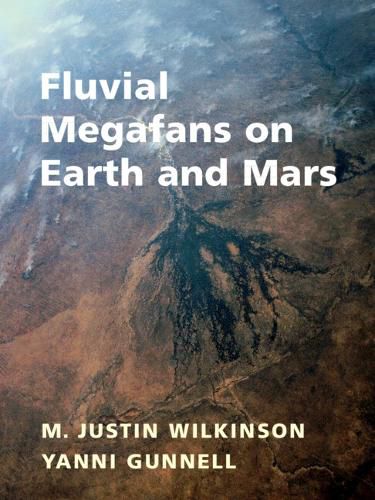Readings Newsletter
Become a Readings Member to make your shopping experience even easier.
Sign in or sign up for free!
You’re not far away from qualifying for FREE standard shipping within Australia
You’ve qualified for FREE standard shipping within Australia
The cart is loading…






Megafans are partial cones of river sediment that reach unexpectedly large dimensions, with the largest on Earth being 700 km long. Due to recent developments in space-based observations, global mapping efforts have shown that modern megafan features cover vast landscapes on most continents. This book provides a new inventory of nearly 300 megafans across five continents. Chapters focus on regional studies of megafans from all continents barring North America and Antarctica. The major morphological attributes of megafans and multi-megafan landscapes are discussed, and the principal controls on megafan development are examined. The book also compares megafans with alluvial fans, deltas, floodplains and the recently recognised 'major avulsive fluvial system' (MAFS). The final part of the book discusses the application of megafan research to economic geology, aquifers and planetary geology including layered deposits on Mars. This is an invaluable reference for researchers in geomorphology, sedimentology and physical geography.
$9.00 standard shipping within Australia
FREE standard shipping within Australia for orders over $100.00
Express & International shipping calculated at checkout
Megafans are partial cones of river sediment that reach unexpectedly large dimensions, with the largest on Earth being 700 km long. Due to recent developments in space-based observations, global mapping efforts have shown that modern megafan features cover vast landscapes on most continents. This book provides a new inventory of nearly 300 megafans across five continents. Chapters focus on regional studies of megafans from all continents barring North America and Antarctica. The major morphological attributes of megafans and multi-megafan landscapes are discussed, and the principal controls on megafan development are examined. The book also compares megafans with alluvial fans, deltas, floodplains and the recently recognised 'major avulsive fluvial system' (MAFS). The final part of the book discusses the application of megafan research to economic geology, aquifers and planetary geology including layered deposits on Mars. This is an invaluable reference for researchers in geomorphology, sedimentology and physical geography.